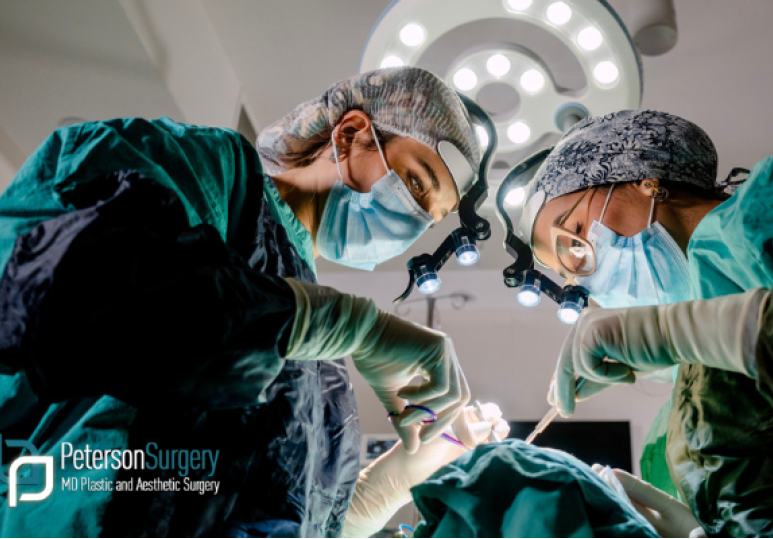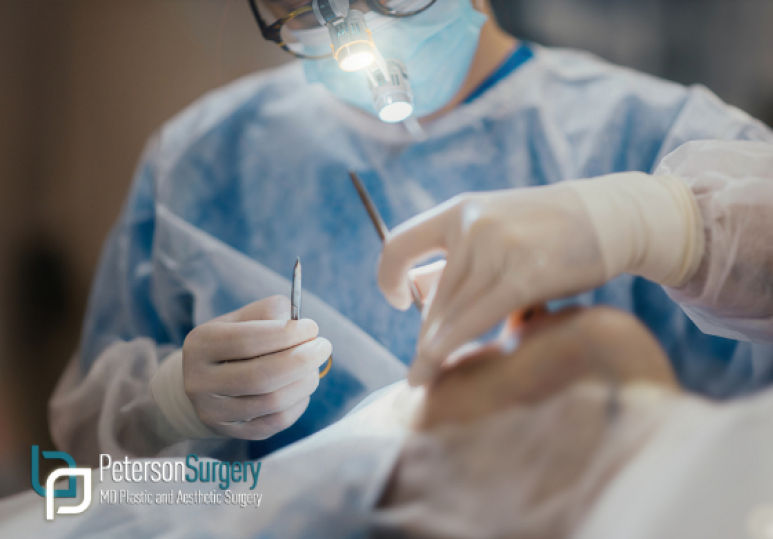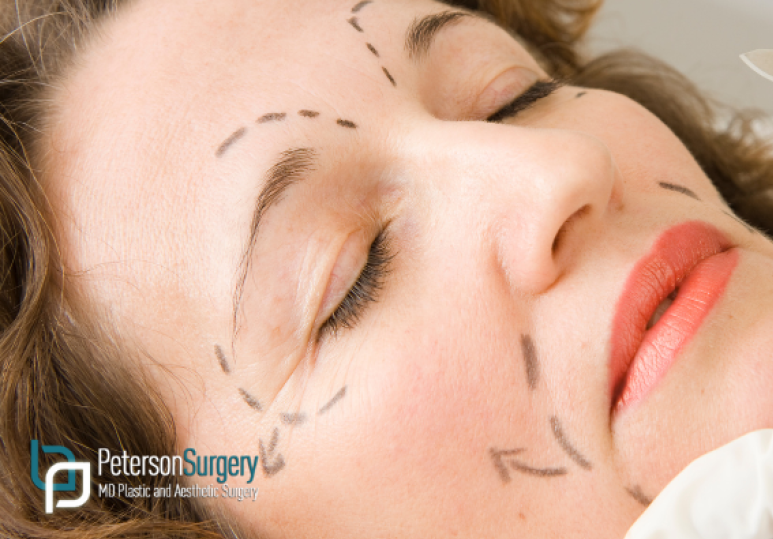Embarking on the journey of breast mastopexy, commonly known as a breast lift, is a significant decision for many women. It's essential to be well-informed about the procedure, its benefits, and potential considerations before undergoing surgery. As a trusted cosmetic surgeon, I'm here to guide you through the process, ensuring you have all the information you need to make informed decisions about your breast lift journey.
Breast mastopexy offers women the opportunity to rejuvenate their breasts, restoring shape, firmness, and symmetry. However, it's crucial to understand the procedure, including its risks, recovery process, and expected outcomes, to achieve the best results and ensure patient satisfaction.
Understanding Breast Mastopexy:
Breast mastopexy, commonly known as a breast lift, is a surgical procedure aimed at restoring the shape and firmness of sagging breasts. Factors such as aging, pregnancy, breastfeeding, and fluctuations in weight can lead to loss of breast volume and skin laxity, resulting in ptosis (sagging). Mastopexy addresses these concerns by removing excess skin, reshaping breast tissue, and repositioning the nipples to achieve a more youthful and lifted appearance.
Candidacy and Consultation:
Before considering breast mastopexy, it is crucial to consult with a board-certified plastic surgeon specializing in breast surgery. During the initial consultation, the surgeon will assess your medical history, examine your breasts, and discuss your aesthetic goals. Ideal candidates for mastopexy are generally in good overall health, non-smokers, and have realistic expectations about the outcomes of the procedure. Factors such as breast size, skin elasticity, nipple position, and areolar size will be evaluated to determine the most suitable surgical approach.
Risks and Considerations:
As with any surgical procedure, breast mastopexy carries inherent risks and potential complications. These may include bleeding, infection, adverse reactions to anesthesia, changes in nipple sensation, asymmetry, scarring, and the need for revision surgery. It is essential to thoroughly discuss these risks with your surgeon and understand the possible outcomes before proceeding with the surgery. Additionally, patients should disclose any underlying medical conditions and medications they are taking to minimize the risk of complications.
Recovery and Aftercare:
Following breast mastopexy, patients will experience some degree of swelling, bruising, and discomfort, which is normal. Your surgeon will provide detailed post-operative instructions to facilitate optimal healing and recovery. This may include wearing a supportive surgical bra, avoiding strenuous activities and heavy lifting, taking prescribed medications as directed, and attending follow-up appointments. While initial results will be visible soon after surgery, outcomes may take several weeks to months to fully manifest as swelling subsides and scars mature. It is essential to be patient and diligent in adhering to your surgeon's recommendations for the best possible results.
Choosing the Right Surgeon:
When considering breast mastopexy, selecting a qualified and experienced plastic surgeon is paramount to achieving safe and satisfactory outcomes. Look for a board-certified surgeon, who has extensive training and expertise in breast surgery, and regularly performs mastopexy procedures. Additionally, take the time to review before-and-after photos of the surgeon's previous patients to assess the quality and consistency of their work. A thorough consultation with the surgeon will allow you to ask questions, address concerns, and gain confidence in their ability to meet your aesthetic goals.
With careful consideration, thorough preparation, and expert guidance from a skilled plastic surgeon, breast mastopexy can be a transformative procedure that restores confidence and enhances overall well-being. By understanding the process, risks, and recovery involved, patients can make informed decisions and embark on their journey to rejuvenated breasts with confidence and peace of mind.
Navigating breast mastopexy requires careful consideration, preparation, and guidance from a qualified cosmetic surgeon. By understanding the procedure, discussing candidacy and risks during consultation, and following post-operative instructions diligently, patients can achieve beautiful, natural-looking results and enhance their confidence and quality of life. If you're considering breast mastopexy, I encourage you to schedule a consultation to learn more about how this transformative procedure can benefit you.
Written on behalf of Dr. Brian D. Peterson.
FAQs
Q: Who is a suitable candidate for breast mastopexy?
A: Ideal candidates for breast mastopexy are women who experience sagging or drooping breasts due to factors such as aging, pregnancy, breastfeeding, weight fluctuations, or genetic predisposition. Candidates should be in good overall health and have realistic expectations about the outcomes of the procedure.
Q: What are the potential risks associated with breast mastopexy?
A: While breast mastopexy is generally safe, like any surgical procedure, it carries some risks, including infection, bleeding, changes in nipple sensation, scarring, asymmetry, and adverse reactions to anesthesia. However, these risks can be minimized by choosing a qualified and experienced plastic surgeon and following pre- and post-operative instructions diligently.
Q: How long is the recovery period after breast mastopexy?
A: The recovery time for breast mastopexy varies from patient to patient but typically ranges from one to two weeks. During this time, patients may experience swelling, bruising, discomfort, and restricted arm movement. It is essential to follow the surgeon's post-operative instructions carefully, including wearing compression garments, avoiding strenuous activities, and attending follow-up appointments.






